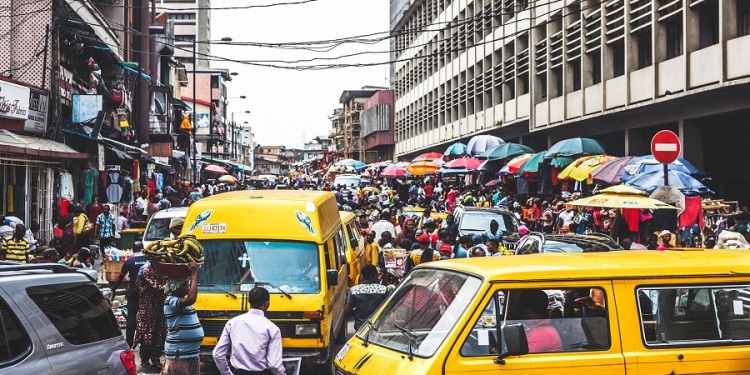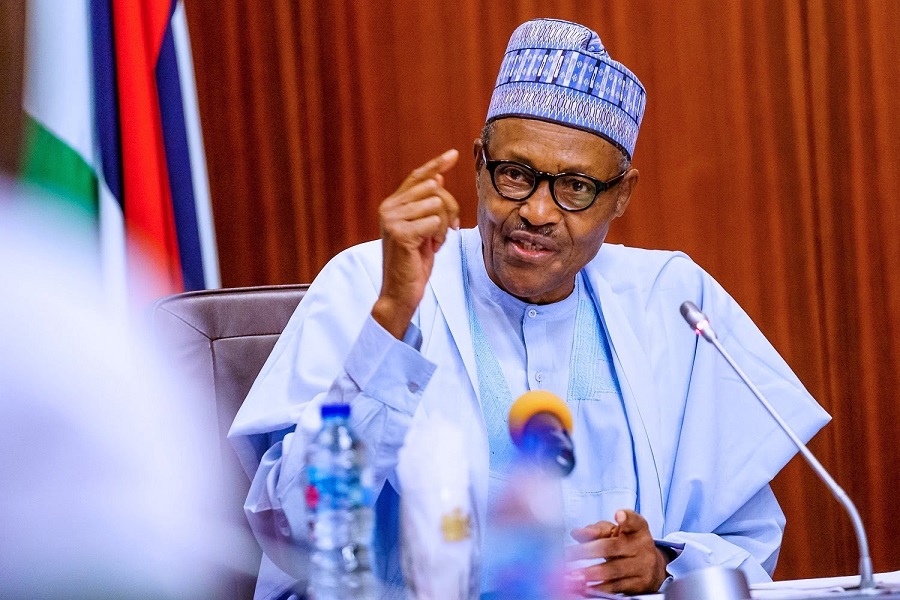The International Monetary Fund, in its latest economic outlook, has stated that Nigeria’s economic growth in 2022 is expected to be 3.2% and 3.0% in 2023.
The IMF disclosed this in its World Economic Outlook (WEO) report for 2022 on Wednesday.
They added that global growth is forecast to slow from 6.0 percent in 2021 to 3.2 percent in 2022 and 2.7 percent in 2023, citing that it is the weakest growth profile since 2001 except for the global financial crisis and the acute phase of the COVID-19 pandemic.
What IMF stated:
Nigeria’s economic growth is expected to slow down from 3.6% in 2021 to 3.2% in 2022 and 3.0% by 2023. Sub-Saharan Africa is expected to grow at 3.6% in 2022 compared to 4.7% in 2021 and grow at a rate of 3.7% by 2022
South Africa’s growth is expected to slower at 2.1% in 2022 and 1.1% by 2023
The IMF noted that for sub-Saharan Africa, the growth outlook is slightly weaker than predicted in July, with a decline from 4.7 percent in 2021 to 3.6 percent and 3.7 percent in 2022 and 2023, respectively— downward revisions of 0.2 percentage point and 0.3 percentage point, respectively.
“This weaker outlook reflects lower trading partner growth, tighter financial and monetary conditions, and a negative shift in the commodity terms of trade” they added.
They said global economic activity is experiencing a broad-based and sharper-than-expected slowdown, with inflation higher than seen in several decades.
The cost-of-living crisis, tightening financial conditions in most regions, Russia’s invasion of Ukraine, and the lingering COVID-19 pandemic all weigh heavily on the outlook. Global growth is forecast to slow from 6.0 percent in 2021 to 3.2 percent in 2022 and 2.7 percent in 2023. This is the weakest growth profile since 2001, except for the global financial crisis and the acute phase of the COVID-19 pandemic.
They added that global inflation is forecast to rise from 4.7 percent in 2021 to 8.8 percent in 2022 but to decline to 6.5 percent in 2023 and to 4.1 percent by 2024.
“Monetary policy should stay the course to restore price stability, and fiscal policy should aim to alleviate the cost-of-living pressures while maintaining a sufficiently tight stance aligned with monetary policy.
“Structural reforms can further support the fight against inflation by improving productivity and easing supply constraints, while multilateral cooperation is necessary for fast-tracking the green energy transition and preventing fragmentation,” the report said.
The IMF warned that global trade growth is also slowing sharply, “from 10.1 percent in 2021 to a projected 4.3 percent in 2022 and 2.5 percent in 2023. This is higher growth than in 2019 when rising trade barriers constrained global trade, and during the COVID-19 crisis in 2020, but well below the historical average (4.6 percent for 2000–21 and 5.4 percent for 1970–2021).
The IMF stated that the slowdown, which is 0.7 percentage points steeper than that projected for 2023 in the July WEO update, mainly reflects the decline in global output growth, blaming supply chain constraints have been a further drag.
What you should know
Nairametrics reported in July that the federal government projected that Nigeria’s real GDP growth will rise to 3.75% in 2023, from a revised projection of 3.55% for 2022, adding that the growth rate will slow to 3.30% by 2024.
This was disclosed by the Ministry of Finance at the Public Consultative Forum on the 2023-2025 Medium-Term Fiscal Framework, adding that the medium-term nominal consumption is projected at N121.93 trillion, N123.69 trillion, and N125.45 trillion for 2023, 2024, and 2025 respectively.

















